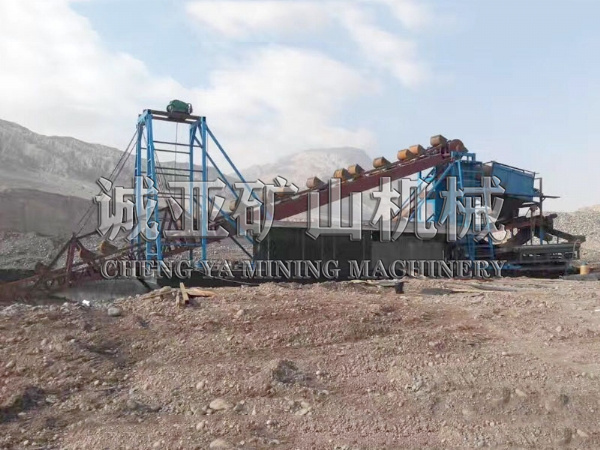Contact person: Manager Liu
Mobile number: 13616362552
Telephone: 0536-3540938
Email: 1223850317@qq.com
Address: No.1 Mechanical Road, Mihe Industrial Park, Qingzhou City
Infomation
 location:home
-
news
-
Introduction to the hydraulic system and integrated block of the sand dredger
location:home
-
news
-
Introduction to the hydraulic system and integrated block of the sand dredger
 hotline:136-1636-2552
hotline:136-1636-2552
 2020-2-18
2020-2-18
Introduction to the hydraulic system and integrated block of the sand dredger
The material of the integrated block structure of the sand dredger is generally cast iron or forged steel. Low pressure fixed equipment can be made of cast iron, and forged steel should be used in high-pressure strong vibration situations. Block processing into cubes or rectangles.
For relatively simple hydraulic systems, there are fewer valves, so they can be installed on the same integrated block. Of course, if the hydraulic system is complex and there are many control valves, it is necessary to adopt the form of stacking multiple integrated blocks. The stacked integrated blocks generally have stacked joint surfaces at the top and bottom, with drilled common pressure oil holes P, common return oil holes T, oil leakage holes L, and four bolt holes for stacking and fastening.
The pressure oil output from the hydraulic pump enters the common pressure oil hole P after pressure regulation, which serves as a common oil source for supplying pressure oil to each unit circuit.
The T-hole of the sand dredger allows the return oil from each unit circuit to flow back to the common return hole T and back to the fuel tank.
The oil leakage from each hydraulic valve in the L hole of the sand dredger flows back to the oil tank through a common oil leakage hole.
The remaining four surfaces of the integrated block are generally connected to the oil pipe of the hydraulic actuator at the back, and the other three surfaces are used to install the hydraulic valve. According to the requirements of the system diagram, holes are drilled in the block to communicate with each valve.
The overall dimensions of the integrated block structure of the sand dredger require the installation of valve components, hole arrangement, and other process requirements. To reduce process holes and shorten the length of the orifice, the installation position of the valve should be carefully considered, so that the connecting oil holes are as close as possible to the same horizontal or vertical plane. For complex hydraulic systems, when multiple integrated blocks need to be stacked, the coordinates of the three common oil holes should be the same, so that they can be stacked together to form three main channels.
